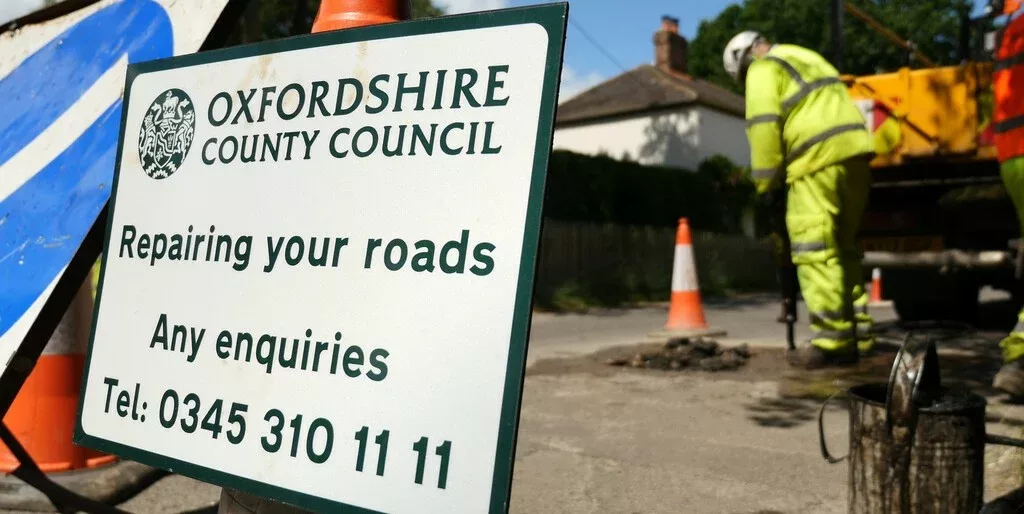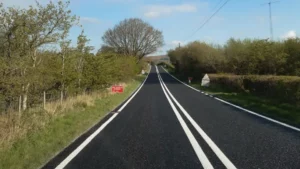An updated approach to highway maintenance and asset management will lead to a greater focus on improvements to footways, cycleways and facilities that better allow people to share the available space – which will in turn help tackle the climate emergency and improve access to nature and green spaces, according to Oxfordshire County Council.
Oxfordshire County Council’s cabinet approved the adoption of the updated policy statement on Tuesday 20 September.
Councillor Andrew Gant, Oxfordshire County Council’s Cabinet Member for Highways Management, said: “The highway network is the lifeblood of the county and is the most valuable asset under the council’s control.
“Updating our approach to highway maintenance and asset management enables us to make sure it is more closely aligned with our policies and priorities. It means more active and sustainable modes of transport can be supported to offer a realistic alternative to private car use.
“We want to improve footways, cycleways and the facilities that better allow all network users to share the available space. This new approach will help to support our climate emergency work and improve access to nature and green spaces.”
The changes could involve adopting working practices, which have a lower carbon footprint, do more to support biodiversity and contribute to improved environmental conditions.
It could also mean prioritising a greater proportion of resources towards a strategy of preventative maintenance to reduce the need for reactive repairs.
In the last decade, there has been a growing national move by highway authorities towards managing their networks to achieve specific strategic objectives, rather than simply maintaining and operating them to meet their legal requirements. It is widely recognised that the highway network, if managed effectively, can enable economic, societal and environmental benefit and change.
The updated approach does not adversely affect the council’s ability to fulfil its other legal obligations. These include a duty to maintain roads in a safe condition, a duty to keep the traffic moving on the road network and the management of flood risk associated with extreme weather.
Oxfordshire’s highway network assets, which are valued at more than £6 billion, include:
- 3,000 miles of road
- 160,000 roadside drains
- 2,000 miles of footway
- 435 traffic signal junctions
- 1,200 bridges
- 400,000 highway trees
- 80,000 streetlights
- 2,600 miles of countryside rights of way
- 50,000 traffic signs.
The updated approach is intended to be more aligned to the policies set out in the emerging Local Transport and Connectivity Plan (LTCP). It will also support the council’s commitment to Vision Zero – an ambition to eliminate all road deaths and serious injuries by 2050.
The LTCP was adopted by Oxfordshire County Council earlier this year. Its ambition is to create a net zero transport system by 2040, improving health and wellbeing, tackling the climate emergency, reducing private vehicle use and prioritising walking, cycling and public transport.




























